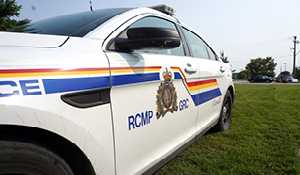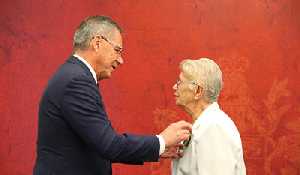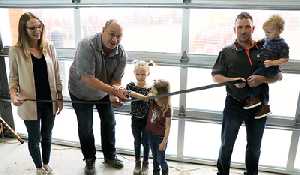Teachers speak out on classroom violence
February 26, 2024, 11:16 am
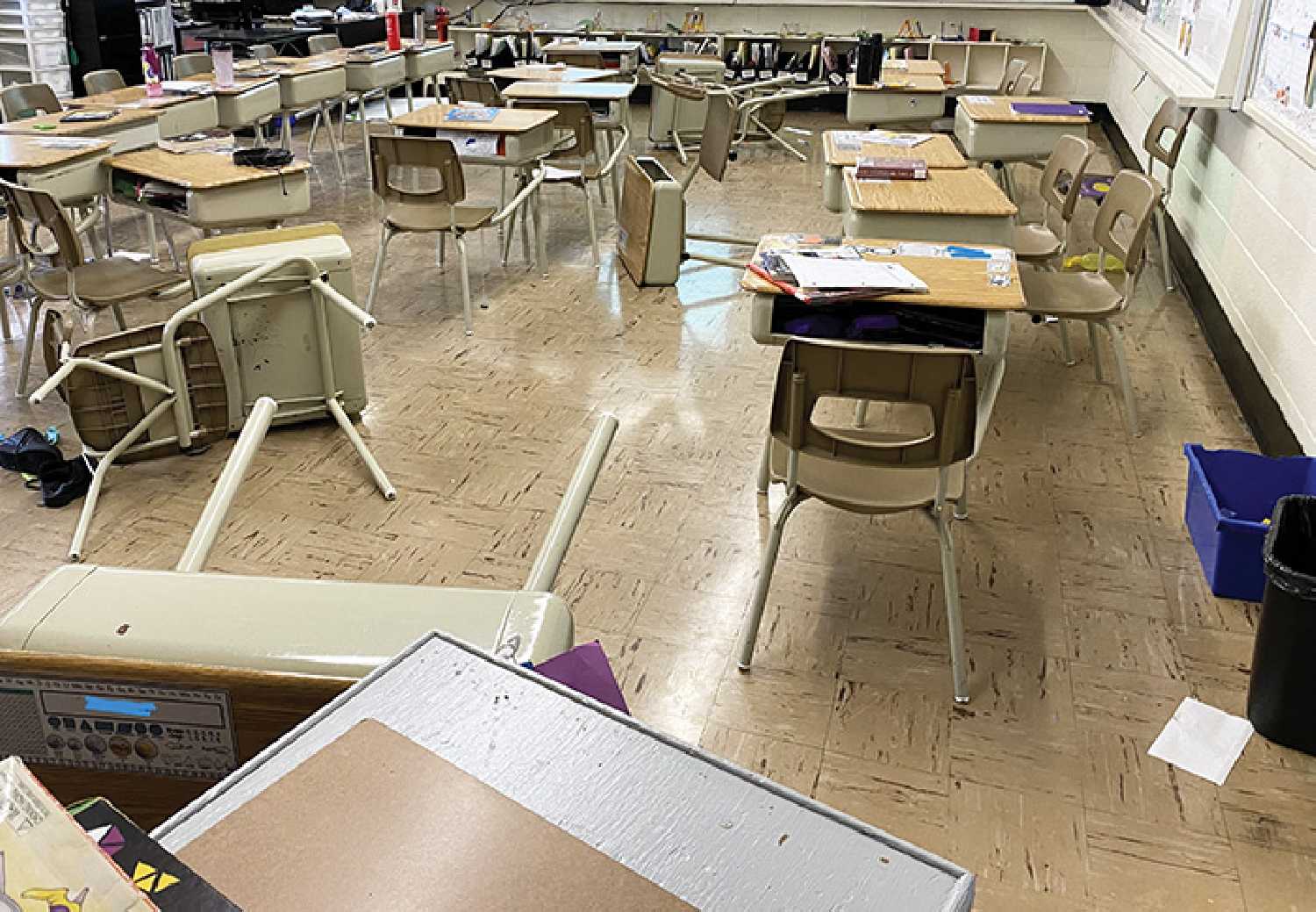

Mary’s Experience
Mary is an experienced teacher of 17 years. She shares that students’ “inability to regulate has caused a lot of stress and violence at school that we are not equipped to deal with.”
Mary has shared several instances of students who are dysregulated, running away into dangerous situations, throwing furniture, charging at her, and headbutting her and other staff. When all strategies fail and the situation is no longer safe for the staff and students, staff are sometimes left with no choice but to restrain students. Mary emphasizes this is always a last resort and brings a significant emotional, physical and mental load for everyone involved. In one instance, Mary was struck by thrown chairs. In another, she was punched in the chest and the student tried to jab her with their pencil.
“This behavior isn’t their fault. These students’ needs aren’t being met. They require and deserve more support than teachers alone can provide,” says Mary. “These things happen every day in our schools. It is traumatic and unacceptable for everyone: the students who are so dysregulated because they aren’t being given the supports they desperately need; the classmates who have to witness the event, evacuate the room and have their ‘safe space’ destroyed; and the teachers and other staff who are injured and put themselves in harm’s way to keep everyone safe and to try to help these students.”
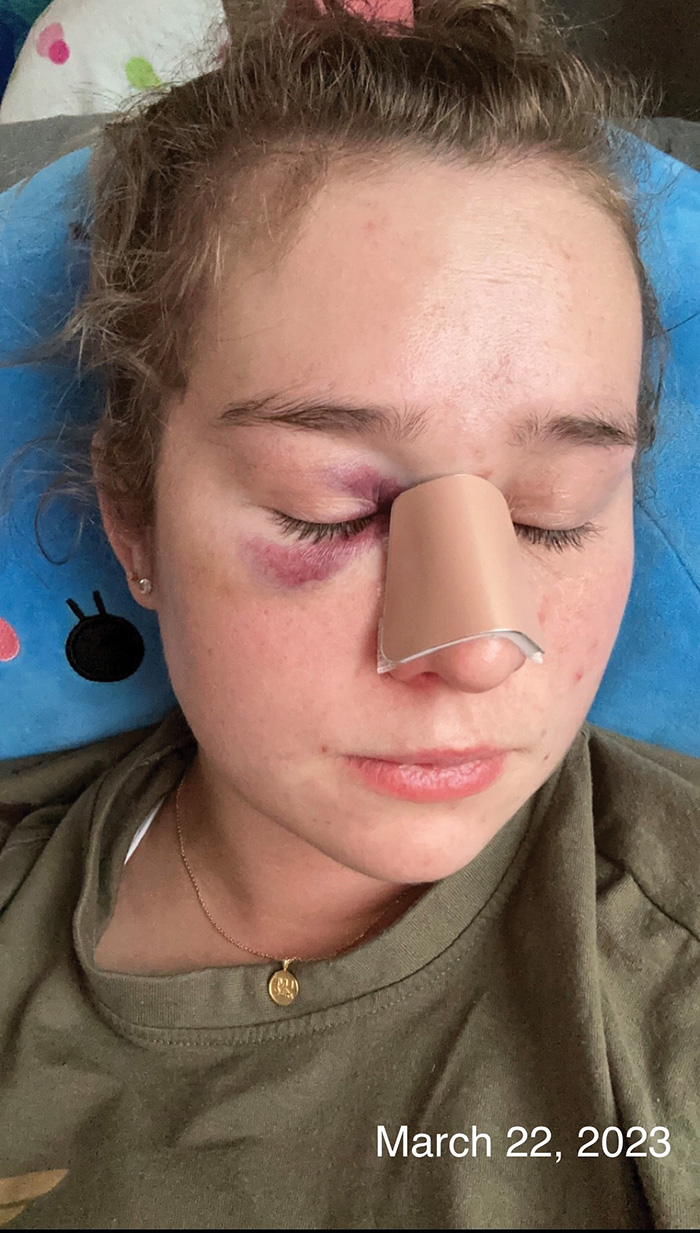

Shelby’s Experience
A middle years teacher is sharing her own experience with violence in Saskatchewan schools. While teaching in Saskatoon last year, a first-year teacher named Shelby was attacked by a student in an elevated emotional state while passing through the hallway during recess. Shelby was left with substantial injuries, including a severe concussion, broken nose and multiple bruises. The trauma of this incident made returning to work difficult. Shelby has since moved from Saskatchewan and is teaching in another province.
“I do not blame the student for what happened,” says Shelby. “I blame the system and the lack of government support that continues to let students fall through the cracks in the Saskatchewan education system. Violence in schools is an increasing issue and compromises the safety of all staff and students in the building.”
“I thank Shelby for coming forward today to share her experience. Her bravery and advocacy are a gift to the teaching profession and the teachers of Saskatchewan,” says Saskatchewan Teachers’ Federation President Samantha Becotte. “Violent incidents like Shelby experienced are preventable. They are a symptom of underfunding and a clear sign that there is not enough support for students or teachers. Too many students need support that they simply can’t access because the provincial budget does not provide the required funding. I encourage parents and caregivers to ask their child how often they need to leave their classroom to allow another student space to calm down.”
Shelby is far from alone in her experience. In a survey of Saskatchewan teachers last year, 35 per cent of respondents reported that they have experienced violence in their working environment in the last five years. This is up from 29 per cent in 2021.
Numerous accounts from teachers experiencing violence in their classrooms have been shared with the STF and the provincial government.
In January, the Saskatchewan School Boards Association proposed a committee, outside the bargaining process, to address classroom violence.
When the STF declined, the SSBA chose to commence this work without teachers. The STF’s position is that another committee without any accountability is not the solution.
“Teachers have seen ineffective committees to address classroom size and complexity and are looking for more concrete solutions to these critical problems,” according to the STF.
“The SSBA has yet to act to address classroom violence, which has been an issue for years, and shares concern that the proposal of this committee was an attempt to sidestep the collective bargaining process.”
“Violence is not always physical; it includes threats, aggression and verbal abuse. When any of these incidents happen, all students are impacted. They witness the incidents, must clear the room and often see the aftermath,” says Becotte. “This is a dire situation and it is unacceptable for everyone. As a result of government decisions, students are being let down by the education system, and in some cases the health system, because they do not have the resources, tools and supports they need. Safe learning environments and safe working environments should not be too much to ask.”
In addition to items addressing classroom size and complexity, teachers have proposed that the collective bargaining agreement include measures to reduce and eliminate violence in classrooms and schools, including the creation of a confidential provincial reporting mechanism.
There is an increase in the incidence of violence and/or harassment against staff in schools, but unlike other jurisdictions, Saskatchewan does not have a reporting procedure for teachers.
This means incidents often go unreported, and education leaders lack the data necessary to address violence and harassment in schools.
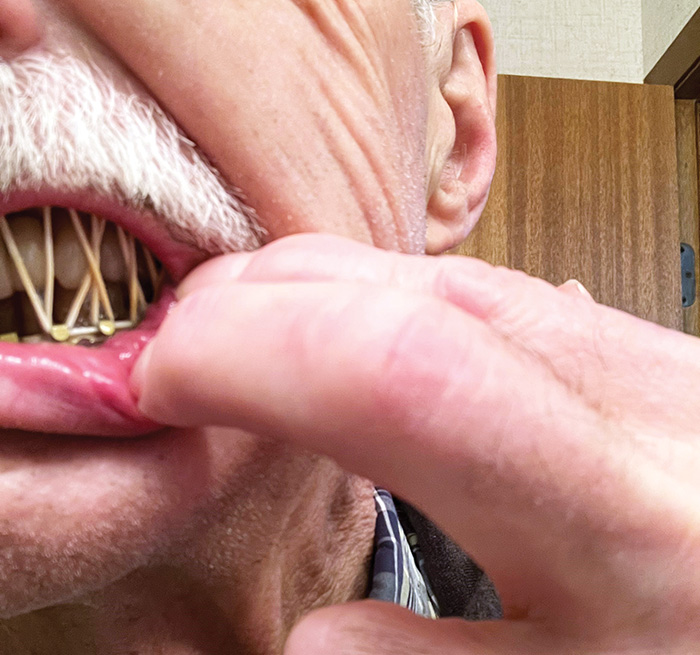

Roman’s Experience
A recently retired teacher, Roman, returned as a substitute to his local high school and sustained significant injuries, including a broken jaw. He was walking to his next class, carrying his laptop and a stack of student work. A student ran by him and Roman stopped to remind the student not to run in the halls. A second student then inserted themselves in the conversation and was confrontational. Roman asked the second student to step back. When the student didn’t, Roman asked again more assertively before turning back to the student who had been running. Within moments, the second student attacked Roman.
“He began pummeling me, striking me in the head and jaw several times. My glasses went flying on the floor, along with my left hearing aid,” says Roman.
Roman was taken to the local emergency room for treatment. His jaw was broken in several places, including a compound fracture. Facial surgery was not available in his community. He waited for six days, in severe pain, for surgery in Saskatoon. His jaw was clamped shut for a month while the bones healed. This meant he was on a liquid diet and unable to speak due to restricted jaw movement and pain. He has nerve damage in his lips and jaw that makes eating, drinking and pronouncing words difficult. It is still too soon to know how much of this damage will be permanent. Roman has decided not to take on any further substitute teaching.
Roman believes more students are trying to cope with mental health problems, drug abuse and family issues than when he started teaching. In addition, the Covid-19 pandemic resulted in academic shortfalls and social isolation for many students. He says, “I don’t know how the needs of these struggling students can be met by classroom teachers. Additional funding is needed to provide professional assistance for these students trying to keep their ‘heads above water.’ ” Tweet

